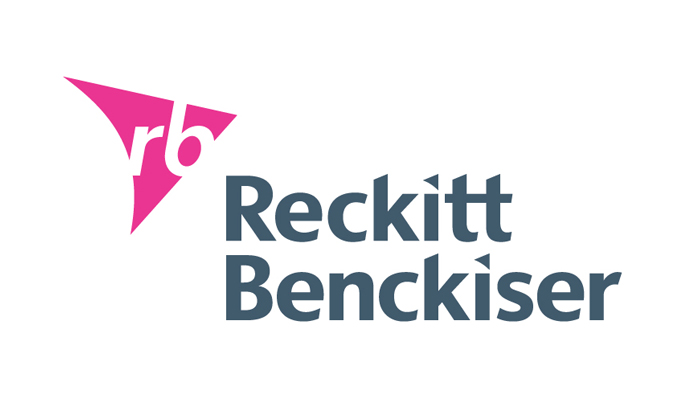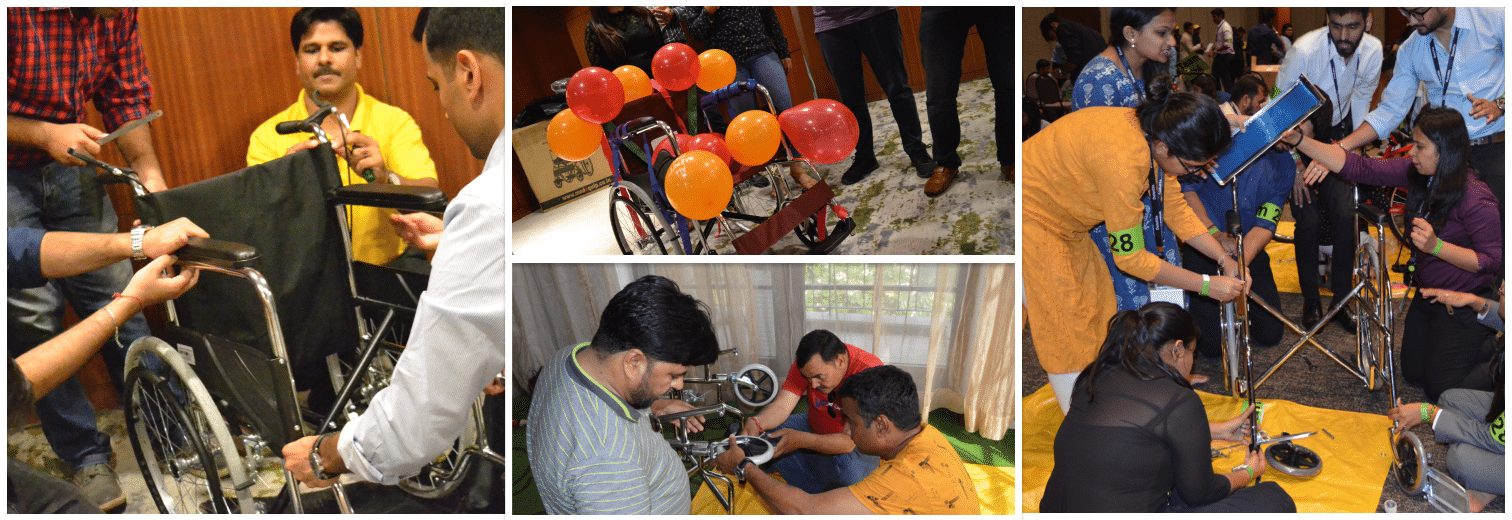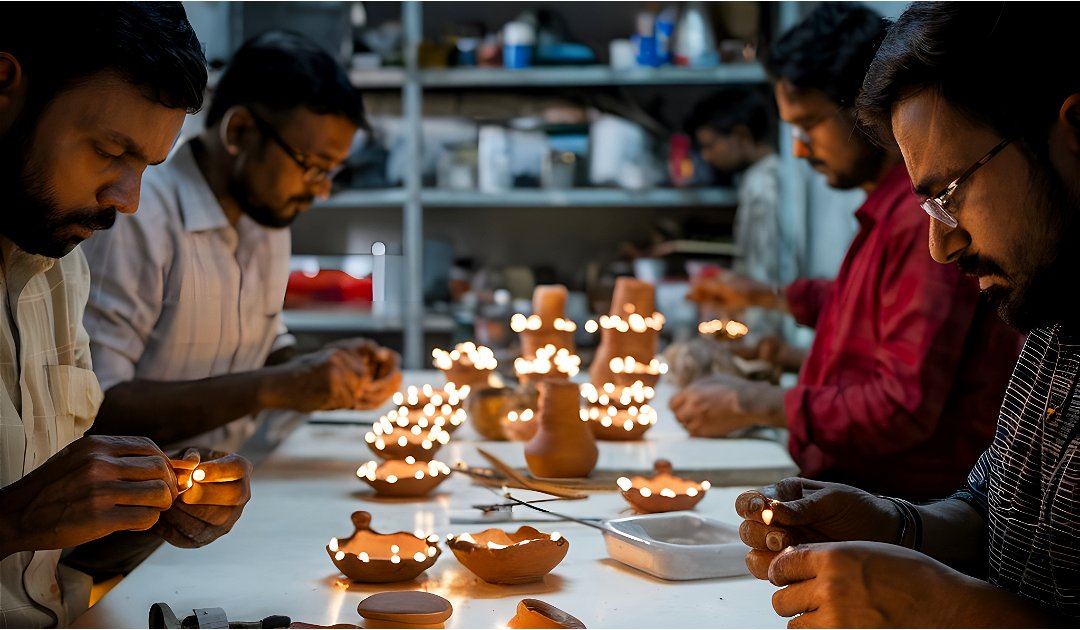Program
Table of Contents
Reckitt Benckiser | Intern Engagement
Background
Reckitt Benckiser Group plc (RB) is a British multinational consumer goods company headquartered in Slough, England. It is a producer of health, hygiene, and home products. The company was formed by the merger of British company Reckitt & Colman plc and Dutch company Benckiser NV.
RB’s brands include the antiseptic brand Dettol, the analgesic Disprin, the sore throat medicine Strepsils, the hair removal brand Veet and a bunch of other popular brands like Durex, Colin, Cherry Blossom, to name a few.
To keep pace with the market growth, RB regularly hires from the best campuses across the country. The current intervention was planned as a part of an engagement program for the 32 interns coming from various campuses like IIMs, IIT, XLRI, MDI etc.. They are going through a six weeks internship program at RB, post which they would return to their respective campuses.
Objective
Internship is a way for both the candidates and the organization to understand each other better. It can be challenging for candidates because for most of them, it is a first-time experience in a corporate environment.
A good internship program would not only make this journey from campus to corporate smooth but would also equip them to know and learn the critical competencies needed to succeed in the corporate world. The ability to communicate well and present impactfully, was clearly identified as one such competency.
Our objective was to hence engage with these interns and enable them to communicate & present their work virtually (due to lockdown) to a diverse group of people in the organization, in an impactful manner.
Solution
After much internal discussions and brainstorming on what would be the best way to deliver the results for this group, two key insights emerged:
1) In a varied group like this, different individuals would be at different levels of skill and understanding.
2) It was not enough if the participants were comfortable with the nuances of communication and presentation. They needed to be equally
comfortable with the technology platform too.
In terms of the actual delivery of the workshops, what we were clear was that to make the workshop experience engaging, the 4 steps of the Experiential methodology needed to be followed: Act – Engage – Share – Reflect.
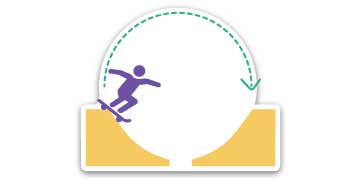
ACT

ENGAGE
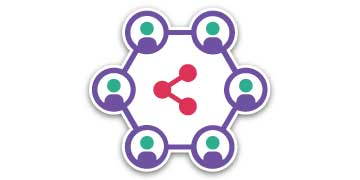
SHARE
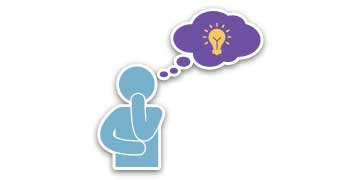
REFLECT

HUMAN TOUCH

HOLISTIC APPROACH
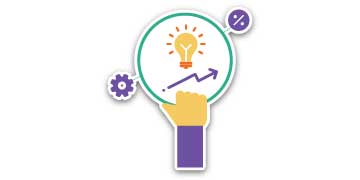
ACTIONABLE INSIGHTS
Hence, for the objective to be met, we decided to split the whole engagement into two parts. The first part was to take the interns through: ● The fundamental pillars (the 3D’s) of Design, Delivery and Drive for creating impact through their presentations. ● The nuances of understanding and becoming familiar with the virtual platform (MS Teams) on which the whole presentation was to be done. The second part of the intervention was in terms of actual delivery and practice. The proof of the pudding after all, is in the eating. Hence the objective here was to get them to present back, basis all the inputs they picked up in the earlier session, and receive critical feed-forward on how they could improve their presentations for the desired impact. Working with their HR team, the intervention was hence planned as a series of two Virtual Workshops spaced by a week to each other.
Execution
Phase 1: On the day of the workshop, all the 32 interns logged on to the MS-Teams platform. Unlike most learning sessions, we always like to start our sessions with a quick introduction followed by some fun energizers. After all, there can be no learning, if there is no engagement upfront. Once everyone was energized and engaged, we delved deep into the topic with trusted design frameworks, activities, videos and the platform walk-through. Unlike the generic webinars, these virtual workshops melded the ‘virtual’ with the ‘experiential’ to ensure that participants had a very interactive experience, indeed. The workshop concluded by giving participants the following task: “Work on your presentations basis everything that you have learnt and come back with the final product, for us, in the next Virtual Workshop.”
Phase 2: There was huge excitement and nervous energy as the interns came back to present their work in the second virtual workshop. Since there were 32 interns, the group was split into 3 smaller cohorts, so that each person could get the personalized attention that they deserved from a Senior Facilitator. Truth be told, each presentation spoke of the thought and hard work which had gone into designing them. Each presentation was followed by a detailed feed-forward, that put the spotlight on the small nuances and improvements that could further enhance their presentations. It was during these discussions that the theories learnt earlier, came to life for the participants. Besides that, listening to the feed forward for each presenter helped participants gather various impactful presentation tips and best practices. Truly, we learn best by doing! Furthermore, sharing our thoughts with each other and reflecting on them reinforces the lessons and ensures long-term retention. This is the power of experiential learning!
Impact
This is what
Ms. Saranya Mukherjee, Lead-Early Careers Development, Campus and Employer Branding from RB had to say:
“We were very happy with how well organized the whole training was despite the unusual virtual setting. The FocusU team was very approachable and helpful in sharing all necessary resources. The training was well designed and combined theoretical learning with hands-on practical practice.”
